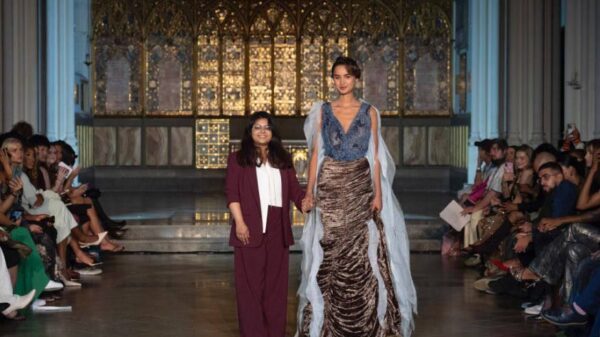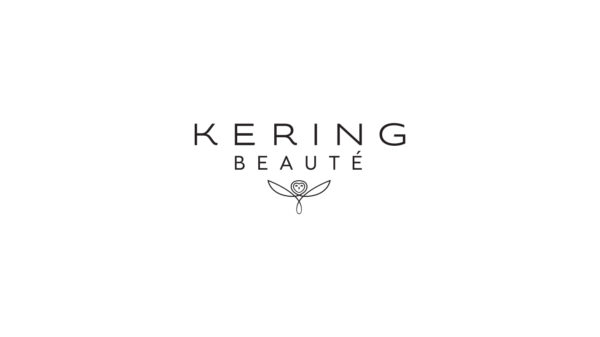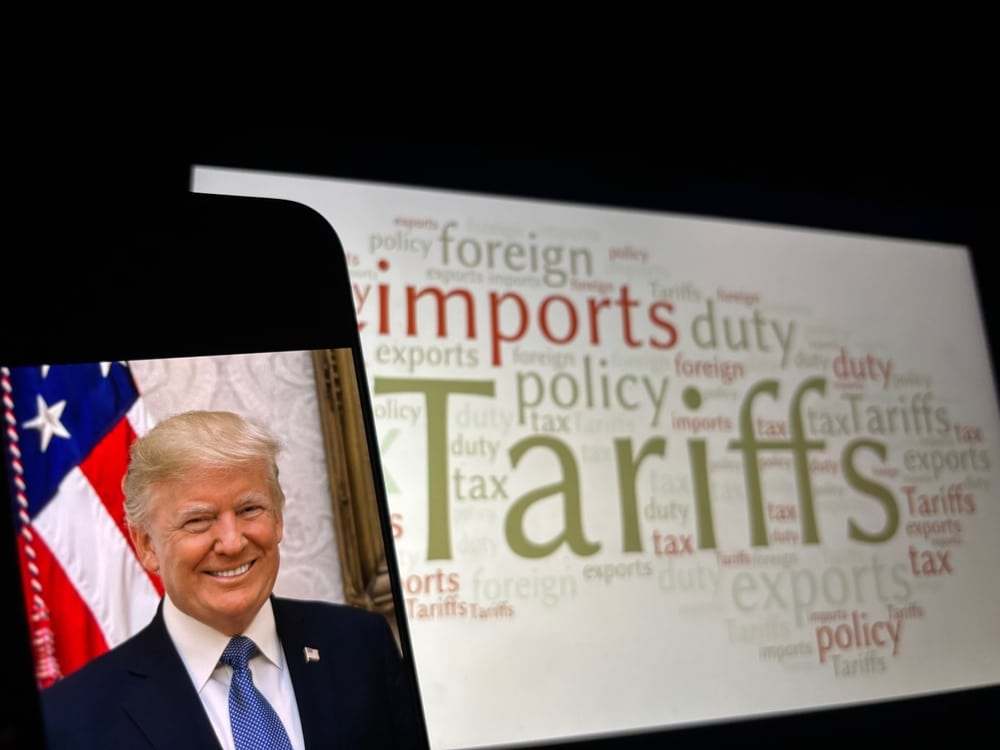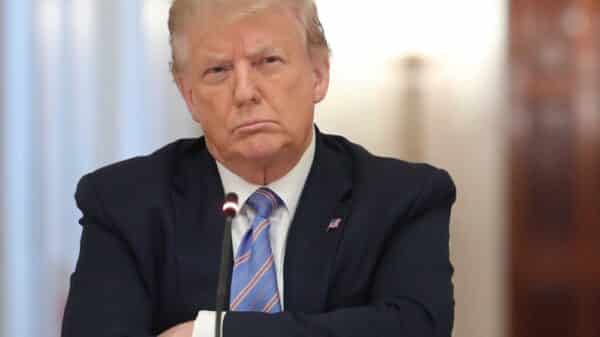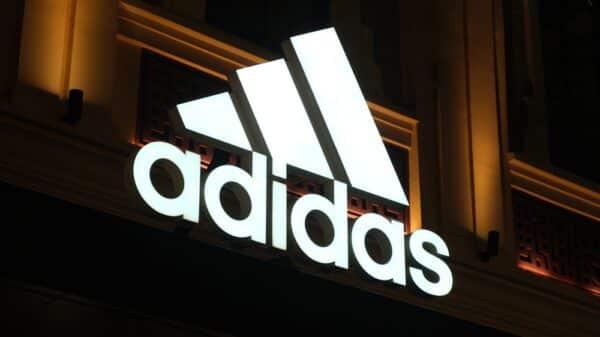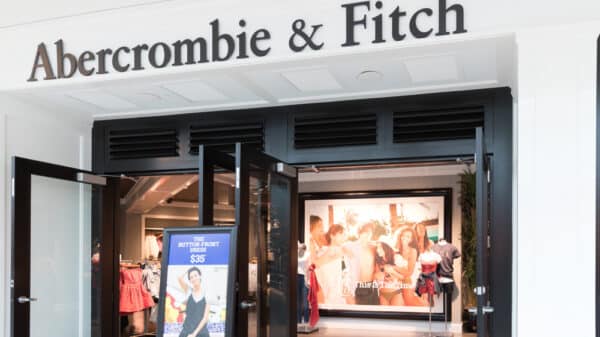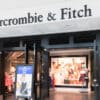European luxury stocks took a notable hit on Friday, a direct response to U.S. President Donald Trump’s recent announcement of a proposed 50% tariff on European Union goods, set to commence on June 1. As a result, the luxury sector—encompassing everything from high-end handbags and shoes to fashion items and champagne—saw sharp declines, triggering widespread concern among investors.
Traditionally, the U.S. market has been a pivotal growth engine for luxury brands, especially as demand in China begins to wane. This dependency was glaringly evident as shares of France’s largest luxury companies, such as LVMH and Hermès, plummeted by approximately 3% and 4%, respectively. Other prominent brands in the sector, including Kering, Prada, and Burberry, also witnessed similar declines, prompting discussions about the potential fallout from these tariffs.
A closer inspection reveals that major luxury groups receive around 25% of their sales from American consumers. The exposure varied widely among smaller players—while Moncler, an outerwear company, has a modest 14% of its sales from the U.S., the sandal brand Birkenstock is significantly more reliant, with 46% of sales coming from American shoppers.
S&P analysts have highlighted the luxury sector as particularly vulnerable to disruptions from these tariffs. They noted that luxury companies face substantial challenges in shifting production to the U.S., a sentiment echoed by Claudia D’Arpizio, a partner at Bain, during a recent industry event. She explained, “If you want to create a factory in the U.S. to overcome the problem of the tariffs, it’s just impossible right now … you don’t have the people, the know-how.”
Interestingly, Louis Vuitton, a flagship brand under the LVMH umbrella, is the sole European luxury brand currently manufacturing in the U.S., but it hasn’t been without its issues. Reliable sources indicate that one of its American facilities is facing challenges, which underscores the difficulties of operating in this fraught environment.
As the industry braces for potential impacts, analysts from S&P predict that pricing will emerge as the primary strategy for mitigating the effects of tariffs. Luxury brands like Hermès, known for its iconic Birkin bags, are prepared to leverage their pricing power. However, experts caution that many brands tread a fine line—raising prices could risk alienating consumers, especially in a market where buying patterns are unpredictable.
On a broader scale, the luxury sector is a significant player in France’s economy, employing over 600,000 people and making it the largest luxury market in the world. Italy, famed for its luxury leather goods, is also at risk, with the fashion sector accounting for more than 5% of the nation’s gross domestic product. Recent statistics from France’s economy ministry reveal that in 2024, the country exported €890 million (about $1 billion) in sparkling wine, including champagne, and about €1.27 billion in grape brandy, primarily cognac, to the U.S. Italy followed suit with €770 million in leather handbags sent across the Atlantic.
These developments paint a daunting picture for Europe’s luxury segment, threatening not just profits but also jobs and economic growth in these heritage industries. As this evolving trade landscape unfolds, brands must delicately navigate consumer expectations while adjusting to new realities, leaving industry stakeholders anxiously watching how this situation will develop.
In this uncertain climate, the luxury sector’s resilience and adaptability could very well be put to the ultimate test.
Image Source: bella1105 / Shutterstock




